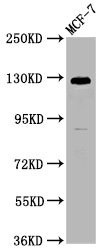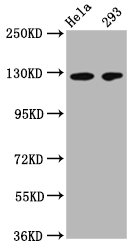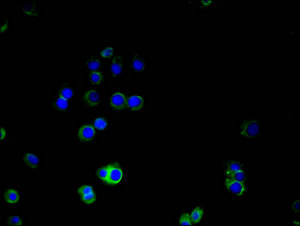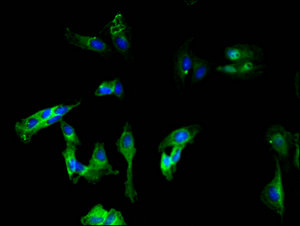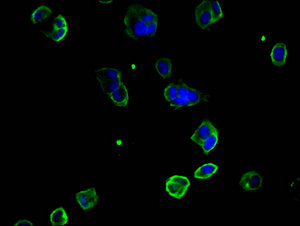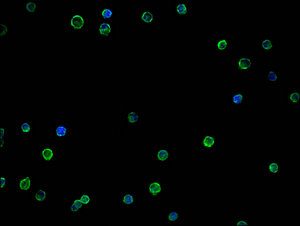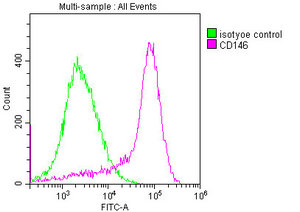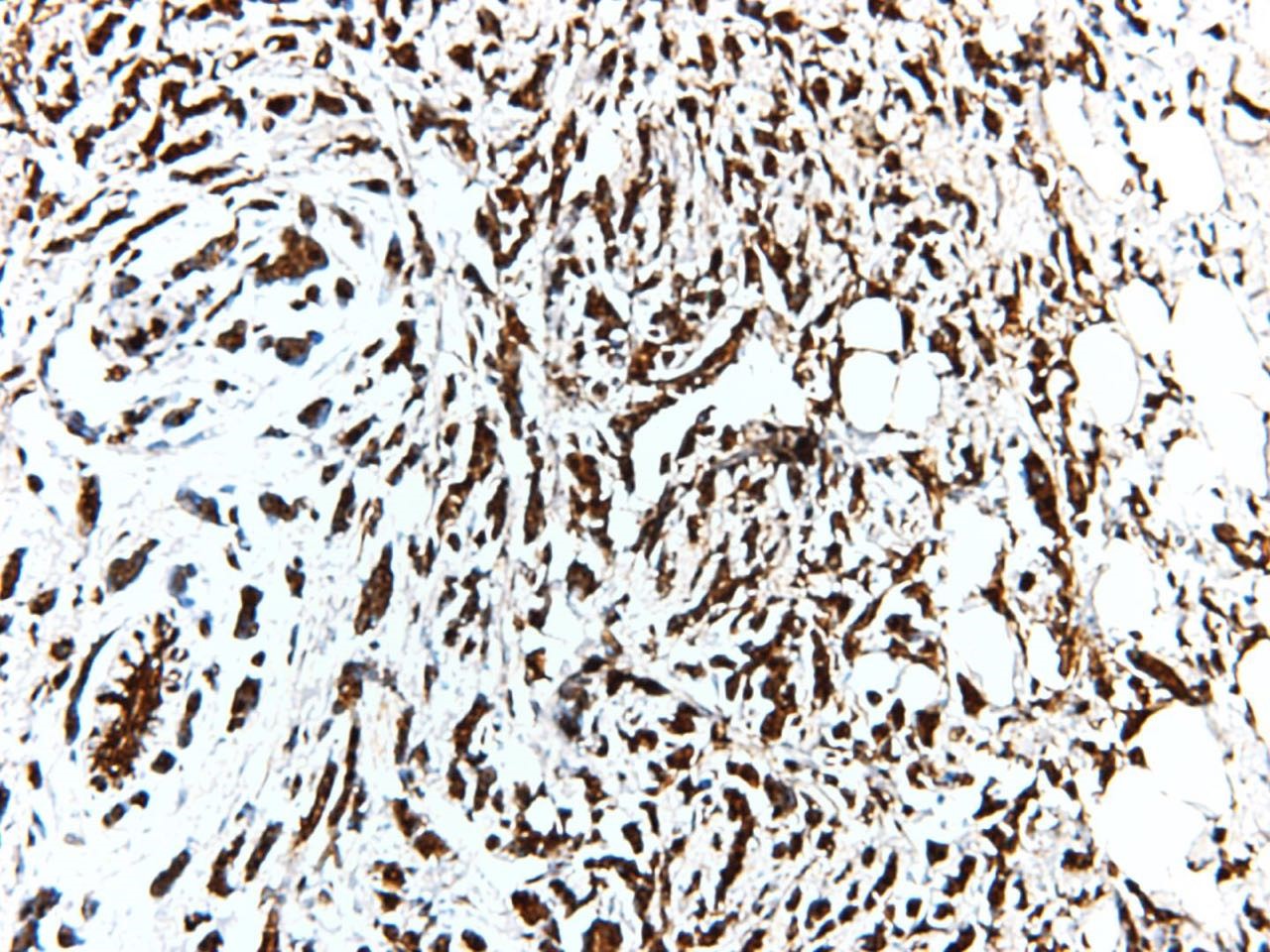The monoclonal anti-CD146 (mouse IgG2a isotype) is produced from the hybridoma fused by the mouse myeloma cells and splenocytes from the immunized mouse. The splenocytes are isolated from the mouse immunized with recombinant human CD146 protein (50-646AA) and can secret CD146 antibodies. This unconjugated CD146 antibody is purified through protein G with a purity of more than 95%. It only reacts with samples containing CD146 from human. And it has been amenable for ELISA, WB, IF, and FC applications.
The CD146 functions as a Ca2+-independent cell adhesion molecule involved in heterophilic cell-cell interactions. It also participates in inflammation, differentiation, adhesion, tumourigenicity, metastasis, invasion, and angiogenesis.

